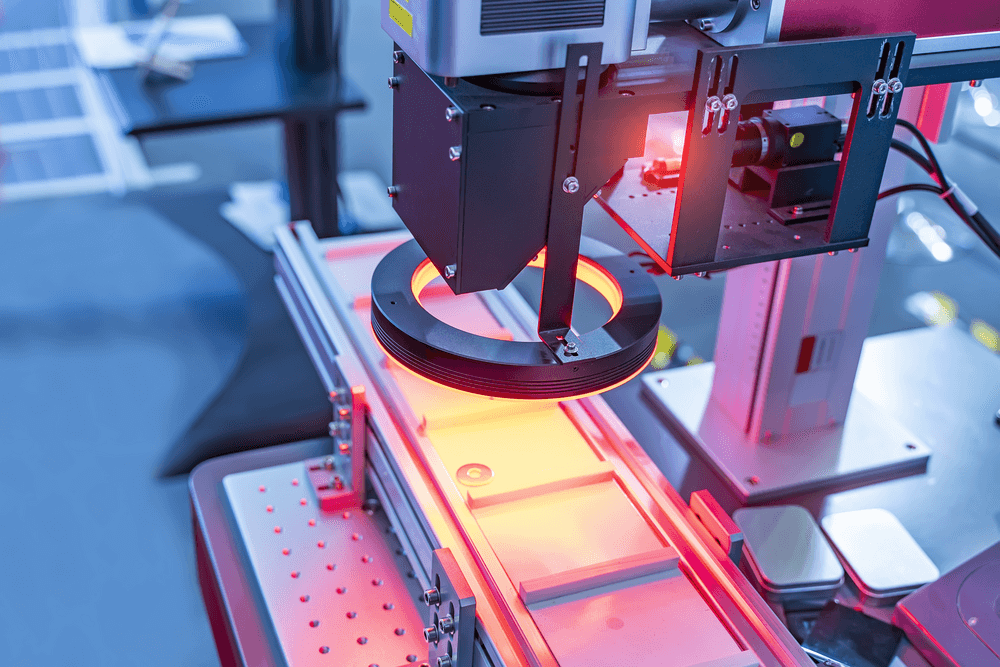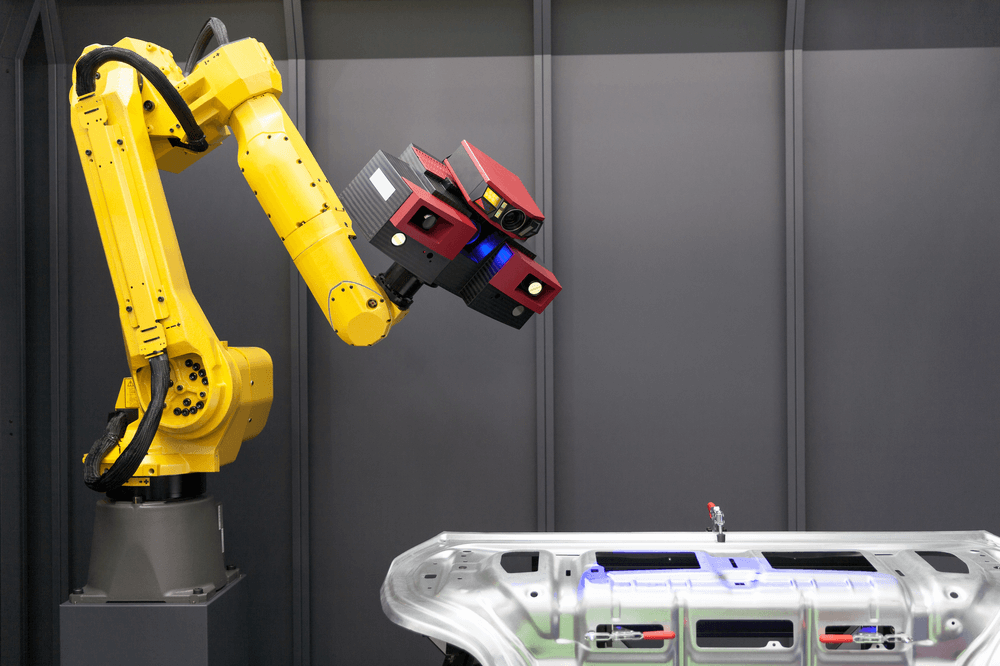Cutting edge automation with the highest CAGR, robotic inspections, and testing robots are all expected to grow at a 30.9 percent CAGR from 2021 to 2030 – with the market size in 2030 reaching $13.943 billion, up from $940 million in 2020!
This staggering growth rate is due to the need for inspections and testing at manufacturing phase-gate processes, including incoming materials, in-process materials, semi-finished products, and finished products in every industry. Moreover, automated inspection and testing systems collect, store, analyze, and provide historical and live data.
What drives the market forward?


